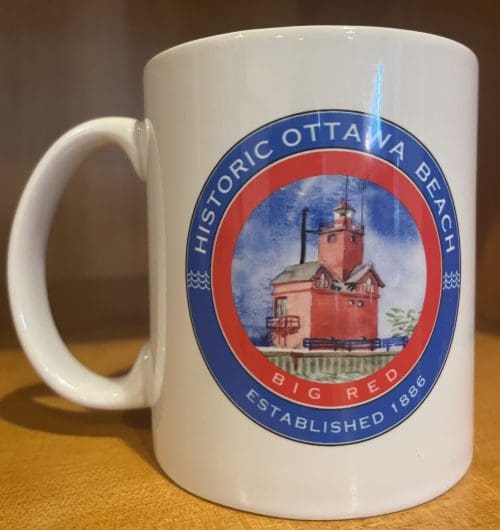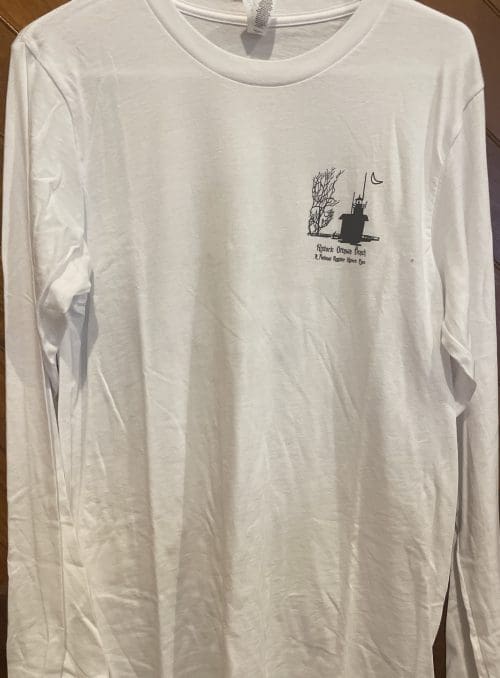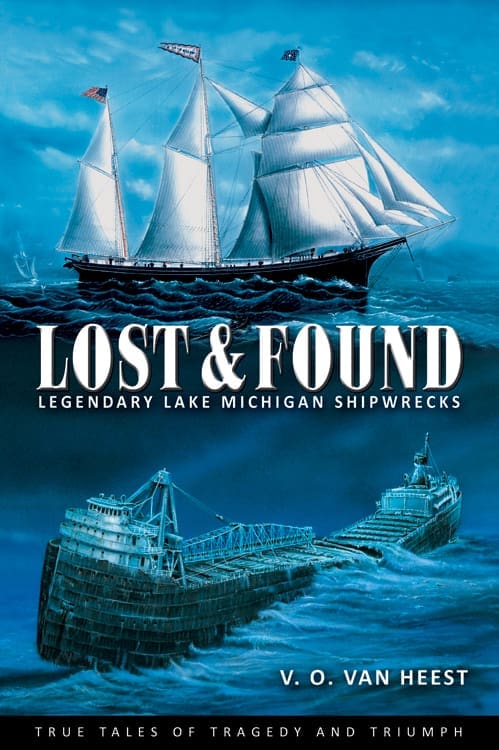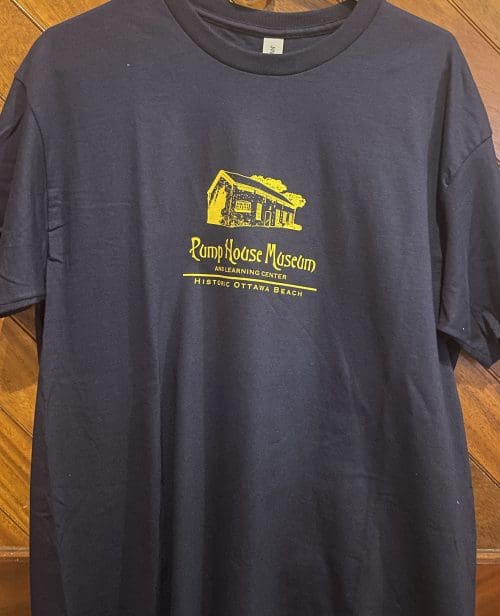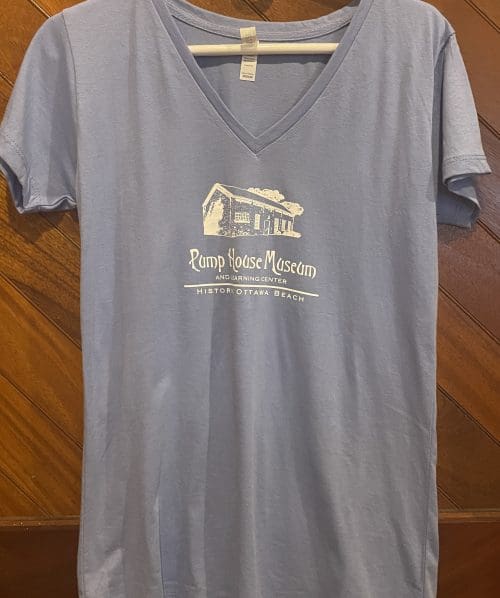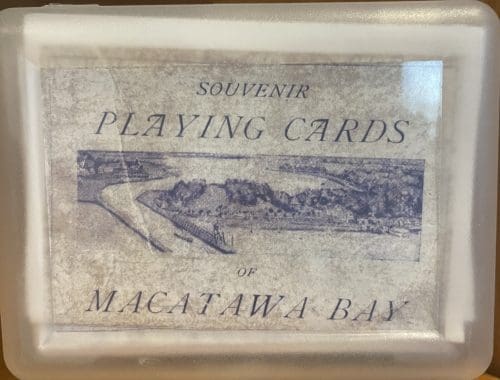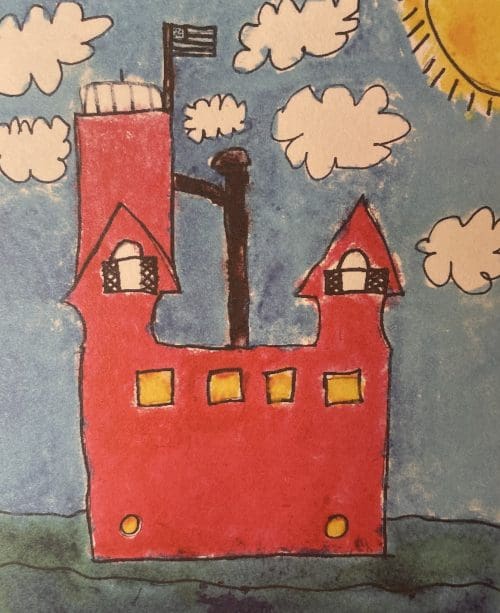-

George Getz's Famous Attraction in Holland, Michigan
From the time of its build in 1903 as a working farm in Holland, Michigan, to the time it closed as a farm, garden, and zoo attraction in 1933, Lakewood Farm and Zoo and the people associated with it embodied the spirit of the Progressive Era, a period in the early twentieth century during which government and individuals responded with care, responsibility, and strength to the political, economic, and social problems created by rapid industrialization in America. This book reveals new information about the origin of the farm and portrays George Fulmer Getz as a nationally recognized industrialist and philanthropist who championed many of the Progressive Movements while he developed the nation’s largest private agricultural, horticultural, and zoological attraction. It includes a newly discovered collection of historic photographs and offers a rare view of this historic property today. -

Legendary Lake Michigan Shipwrecks
True Tales of Tragedy and TriumphTitanic sank in 1912 and the stories of amazing survival and tragic loss made the ocean liner famous. Titanic’s discovery in 1985—and the images captured of the grand staircase, the pilothouse, and the dripping rusticles—made Titanic legendary.
Likewise, the many shipwrecks presented in Lost and Found became even more famous after their discoveries than at the time of their losses, gaining notoriety as historic attractions, archaeological sites, and in some cases, over bold salvage attempts or precedent- setting legal battles. Through riveting narrative, the award-winning author and explorer takes the readers back in time to experience the careers and tragic sinkings of these ships, then beneath the lake to participate in the triumphant discovery and exciting exploration of their remains and the circumstances that led to their status as legendary shipwrecks.
The vessels in this comprehensive publication span the age of sail, steam, and diesel on the Great Lakes from the earliest schooners to the sidewheel steamers, propellers, carferries, self-unloaders, and yachts. They include ships lost in Wisconsin, Illinois, Indiana, and Michigan waters that were discovered by some of the lake’s most prolific wreck hunters, including the author’s own organization—Michigan Shipwreck Research Associates—in partnerships with legendary wreck hunters David Trotter, Ralph Wilbanks, and nationally acclaimed author Clive Cussler. Presented chronologically based on the date discovered, these shipwrecks provide an overview of evolving diver attitudes and conduct, as well as the laws affecting exploration and documentation.
-

Shipwrecks of Muskegon County Michigan
"We're always ready for the call, We place our trust in Thee. Through surf and storm and howling gale, High shall our purpose be." The words of the United States Coast Guard hymn bring to mind the dedication of those who always have been prepared to risk their own lives to save those whose lives are in peril on the Great Lakes. Whether the U.S. Life Saving Service, the U.S. Coast Guard or, at times, Keepers of the U.S. Lighthouse Service, mariners on the Great Lakes knew there were good men and women dedicated to coming to their assistance in times of emergency. As Michigan’s premiere lumbering port during the 19th century, Muskegon served as the eastern terminus for a huge fleet of scows, schooners, side-wheelers, steamers, and propellers for the past 180 years. From humble beginning in the 1830s until the lumber trade was replaced by stone, aggregate, and other commodities in the early 20th century, the ports of Muskegon and White Lake—and to a lesser extent Duck Lake and Mona Lake—saw dozens of vessel arriving and departing daily. And often, those departing never arrived at their destinations; and those expected never made port. Fierce Lake Michigan gales, sudden snow squalls, waterspouts, and even a rarely recorded Lake Michigan tidal wave, or seiche, capsized vessels, stranded them on shore, froze their rigging, tore their sails, and tossed their crews into the icy cold water. Small schooners carrying lumber eventually gave way to huge car ferries transporting railroad cars full of packaged goods across the lake to points west, as well as luxurious passengers steamers bearing businessmen and families to and from Chicago, Milwaukee, and other Great Lakes port cities. While vessel capacity and comfort were increased, the size of the losses were as well. Many of these vessels sank in deep water while others washed ashore to be broken up by wind, waves, and ice. Some exploded or burned at the dock while others simply rotted away after plying the lakes for decades. Modern man may catch glimpses of these historic vessels as shifting sands uncover and recover beach wrecks or the bones of abandoned schooners in shallow waters. Scuba divers visit other wrecks—many in surprisingly good condition—while the search continues for dozens of others still hidden under fathoms of cold, dark water.

